Sight Fishing For Corbina in Southern California
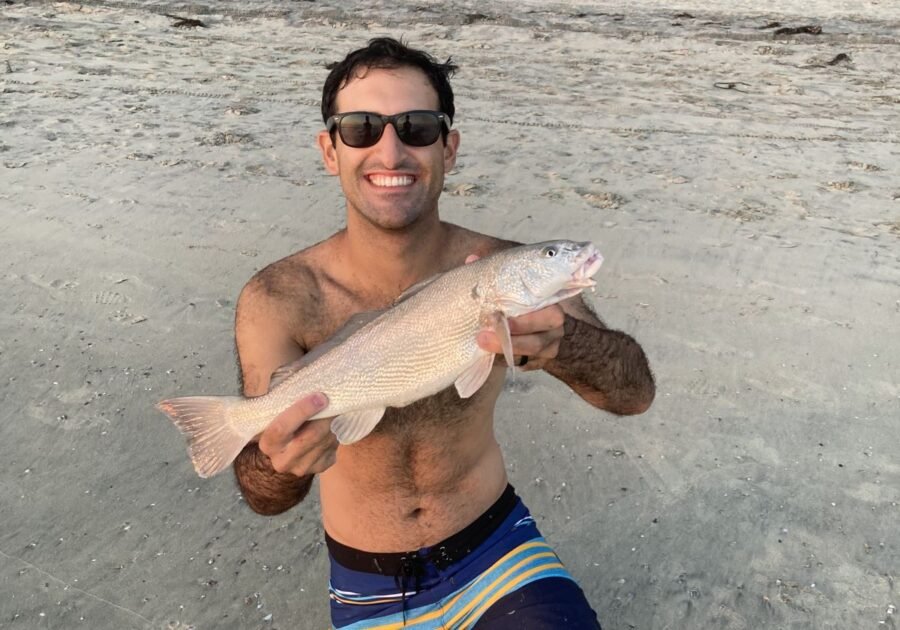
The California corbina is one of the Southern California’s most coveted fish to catch from the shoreline. One of the reasons for this is because many anglers partake in what’s called sight fishing for corbina (or sight casting).
If you’ve heard of corbina before, you’ve likely read about how during the summertime, they can be seen in just inches of water as their backs break the surface of the water. In this article, I’ll break down how to sight cast for corbina and give you some helpful tips for success when sight fishing for corbina.
Whether you’ve seen fish in the shallows or not, I always like to bring up the point that if you spend enough time ankle deep in the summertime, you’re bound to get smacked by one of these in the ankles eventually.
Yup, you heard that right. In the summer months, I usually get hit in the ankles by a fish at least every third time I’m out there. Meanwhile, I see fish every time I’m out there. Just be careful about those pesky little sting rays.
How To Spot Fish In The Surf
Where To Look For Corbina
The shallowest section of the beach is known as “the skinny.” Corbina – along with spotfin croaker, shovelnose guitarfish, and sting rays – are known to inhabit this zone frequently in the summer months. They’ll cruise the skinny, searching for sand crabs while enjoying the warm surface water.
Which Fish Species Can Be Seen in Shallow Water?
Of the four species listed above, corbina and spotfin croaker are the two that are considered highly sought after by local surf anglers. In the video above, you’ll see footage that I captured of a group of corbina cruising the shallows looking for sand crabs. Most of that video was filmed in water less than a foot deep.
What To Look For
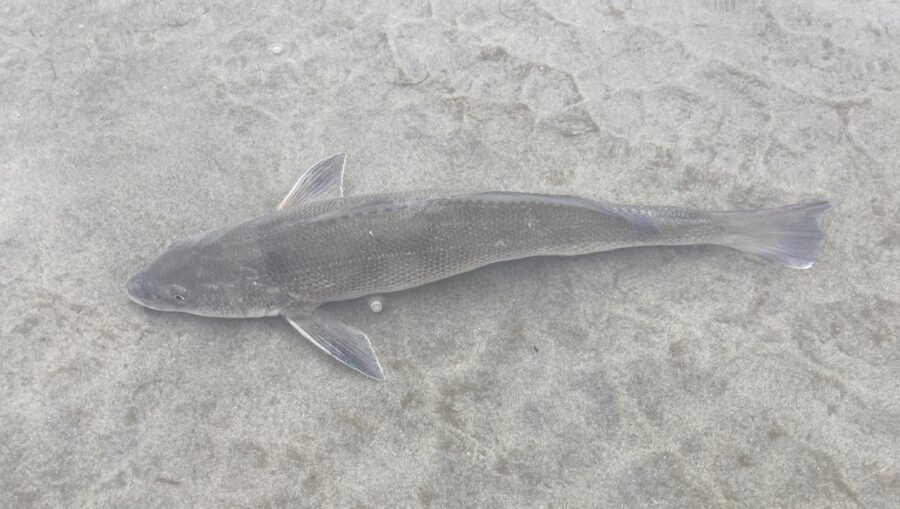
You can often spot corbina and spotfin croaker in the shallow water, with their dorsal spines breaking the water’s surface while they hunt for food.
When I began surf fishing, I was never able to spot the spines of corbina, but over the years, they’re now near impossible to miss. For the most part, it’s just a matter of seeing the ocean through the eyes of an angler. The more you’re out there, the more your eyes are naturally drawn to some things.
But perhaps, “searching for the spines” isn’t the best way to put it. Most often, you’ll notice a “v-shape” they create in the water as they swim back to sea before the water gets too shallow during a receding wave.
What is Sight Casting?
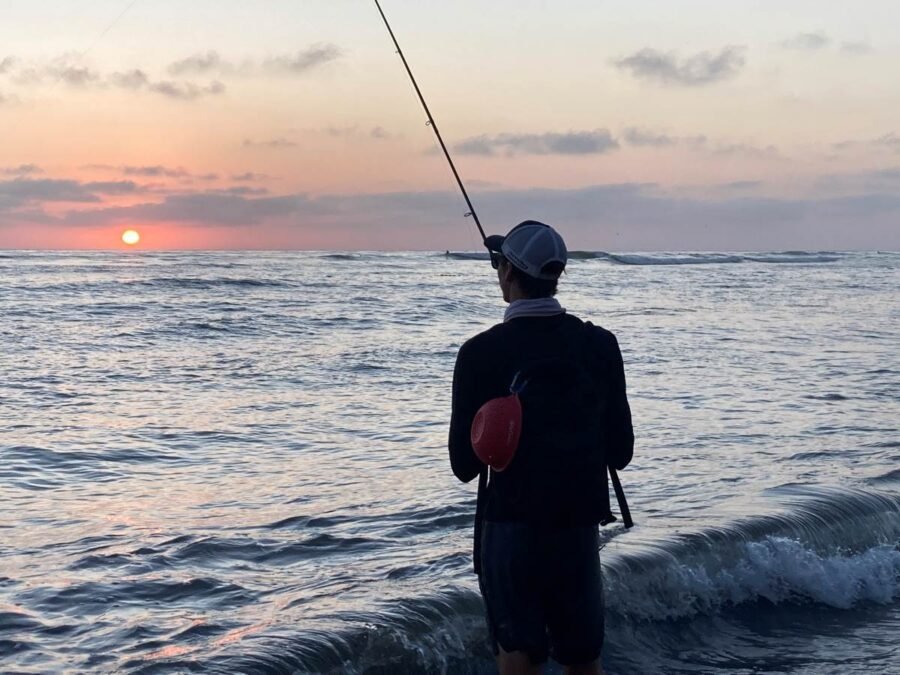
Sight casting is a technique used within surf fishing where the angler hunts the fish with his eyes and casts towards it (usually in front of it) with the intent to catch it. In Southern California, sight casting typically refers to the two species mentioned above and fish are generally taken using a Carolina rig. Here are some other common surf fishing rigs.
How to Sight Fish For Corbina?
There are three main boxes you need to check in order to have success when sight casting in the surf.
- Don’t Be Seen
- Time Your Cast
- Place Your Cast
Don’t Let the Fish See You
The first key to successful sight casting is to stay out of the direct line of sight of your target. If the fish sees you, it’s game over. Many anglers use the term “line shy” as a cop-out for anything that might have spooked a fish, even if it has nothing to do with line.
Your line, believe it or not, isn’t what deters a fish from biting your hook. Keep it 15-pounds and under and you should be good.
If you’re confident with 6 lb test, great, but that’s not going to help you too much. When it comes to San Diego’s surf fishery, these fish aren’t line-shy like everybody says they are.
More accurately, they’re people-shy, they’re vigilant, and they’re not dumb. They’re also equipped with a pretty cool sensory tool.
Corbina Feel The Vibration of Your Steps and More
Corbina possess a sensory organ known as a “barbel” that hangs from their chin. This appendage aids them in detecting vibrations, allowing them to hunt for prey such as crabs, and sense approaching human footsteps or the impact of a lead weight hitting the sand.
Corbina are often considered to be “line-shy” due to their remarkable ability to sense the presence of anglers (via their barbel). They also have decent eyesight, making it crucial to avoid being caught directly in their line of sight.
Instead of downsizing your fishing line to 6 or even 4 pounds, maybe downsize your weight. The weight is something that does have a noticeable effect on the success of sight casting because of those nifty barbels.
I hardly ever limit myself to purely sight casting within a given session, but if I were, the weight is the first thing I’d change about my set up. What is my set up? Glad you asked.
- Rod: Okuma Celilo (8’6″ MA)
- Reel: Penn Battle II or III 4000 series
- Mainline: 15-pound monofilament
- Carolina Rig (descriptive article/video):
- Leader Line: 15-pound fluorocarbon
- Swivels: 15-19mm barrel swivels
- Hooks: size #2 or #4 owner mosquito hooks
- Weights: 1-oz egg weight
- Beads: 8mm fishing beads
If I were strictly sight casting for the day, I’d probably go down to a half ounce or quarter ounce weight and maybe downsize to 10 pound test. Everything else would remain the same. I also know of anglers who fly line when they sight cast for corbina. Pretty cool when that works out, but I wouldn’t recommend it.
Timing Is Everything When Sight Fishing For Corbina
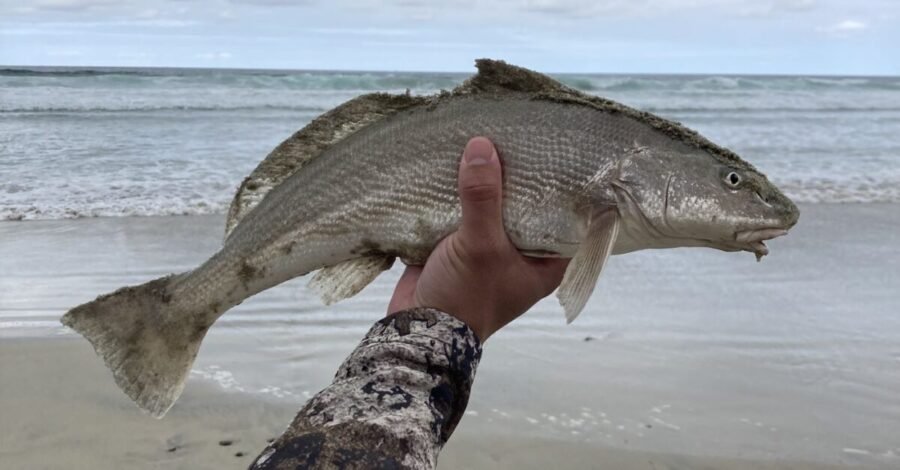
Timing plays a big role in sight casting for corbina. Too soon, you likely won’t get bit. Too late, you’ll miss altogether. Additionally, if you cast when the water is too mellow, the odds of the fish feeling your weight hitting the sand or even breaking the surface increase dramatically.
Picture yourself standing on the beach. You’ve just spotted a 20+ inch corbina and you’re all rigged up for the occasion. You’re surf fishing with a Carolina rig and your hook is baited up with sand crabs. The next step is to continue to track the fish as you await the right moment to cast.
When To Cast
As a wave rolls over the corbina, you notice it come closer to shore, so as to follow the flow of the water. As it recedes, the corbina sticks around, searching for it’s prey, and then turns back into deeper water before it’s too late. A couple waves go by, and this pattern repeats.
You notice the general direction it’s headed is north, so you walk ahead of it, wait for the corbina to go back out into deeper water. Now, you wait until you verify it’s headed in the same direction. As soon as you verify that, wait for the first wave to wash ashore at the same depth it’s been feeding at, and cast into the white water of the crashing wave.
Perfect! Let’s pause now and talk about placement.
Placing Your Cast
Okay, so maybe timing isn’t everything. Timing is nothing without proper placement. If you cast too close to a corbina, you’ll spook it. Cast too far, you won’t get bit. If you cast into the clear water, once again, you’ll spook the fish.
You’ll want to cast into white, water… now we’re onto something. In this example, we’re casting into the white water because the turbulence of the rolling wave hides any splash and mitigates the sound of the weight hitting the sand.
Rinse and Repeat
Over and over again? You ask. Yes, because that corbina that we stalked for 5 minutes and systematically placed our cast next to, didn’t bite. It didn’t even bite on the second, or the third cast. By the time we had our fourth cast, he never came back for a fifth.
So on to the next. But not to worry! Sooner or later, a fish will decide to take your bait. And the better and more natural your presentation, the more often you’ll catch.
What To Do After Casting
In the meantime, there are a number of “best tactics” to use when you’re waiting for that bite. The first would be to keep your line taught, but not too tight.
When sight casting, you shouldn’t cause the bait to move one bit. Keep a loose grip and let the ocean do it’s thing. If a wave creates slack in your line, raise or angle back that rod tip. If the water is receding, dip that tip down and let your bait get sucked out. The more natural it looks, the better, but you should always be able to feel a bite.
Setting the Hook in the Skinny
When setting the hook, it’s important to understand that this is a lot different than setting the hook on a fish 15 or 20 yards out. There will be less stretch in your line and the angle will be much wider.
If you set straight back, you’ll likely pull the hook right out of it’s mouth because you’ll pull the fish partially out of the water, resulting in overload.
Set the hook to your side, and keep the set low. This way, you keep the fish in the water during the set and during the fight. It’s just like what you do when you beach a fish. You keep that rod tip low rather than pulling the fish out of the water.

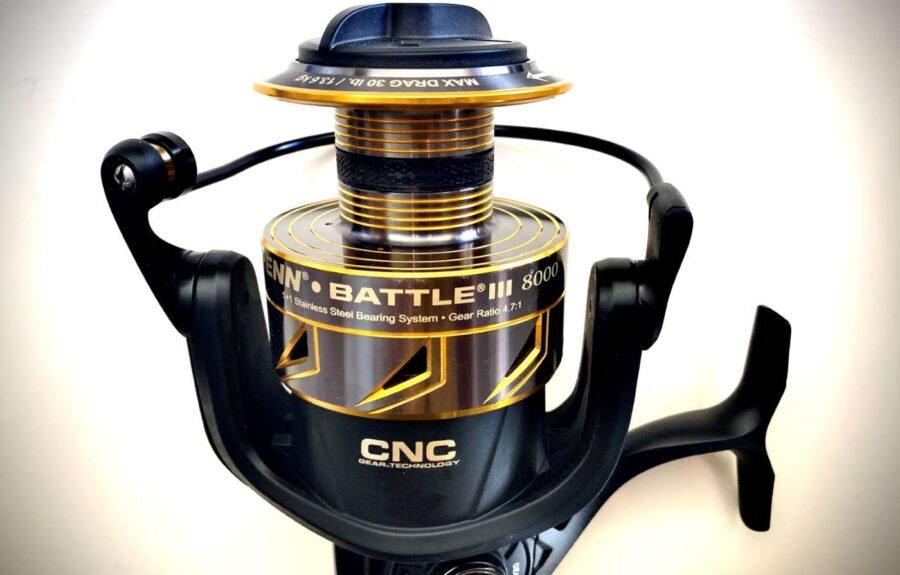
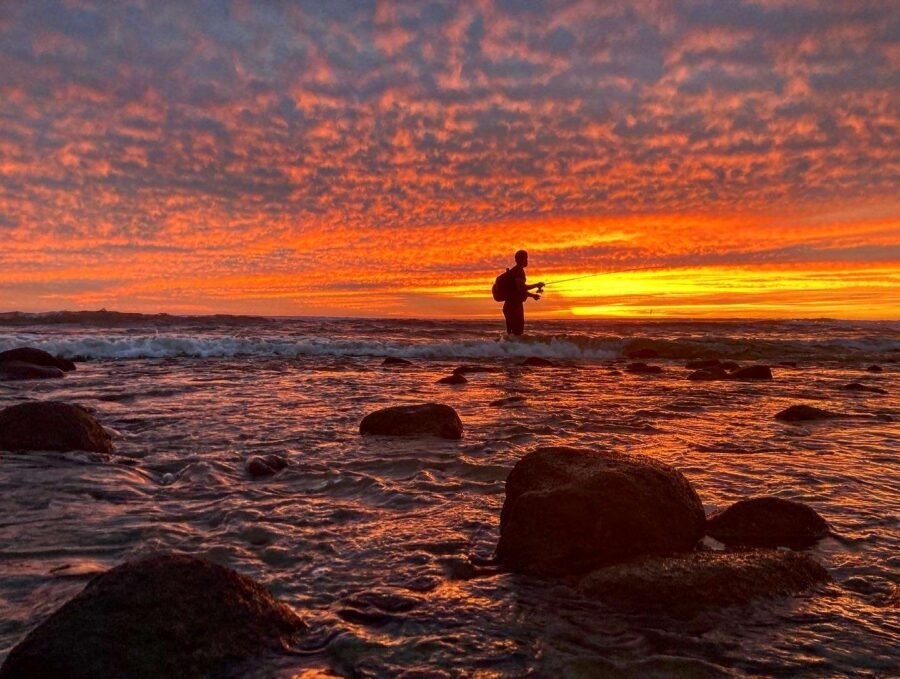
Great write up, I’ve always been jealous of those of you that can sight fish.
Just takes a little patience and willingness to “waste” some time